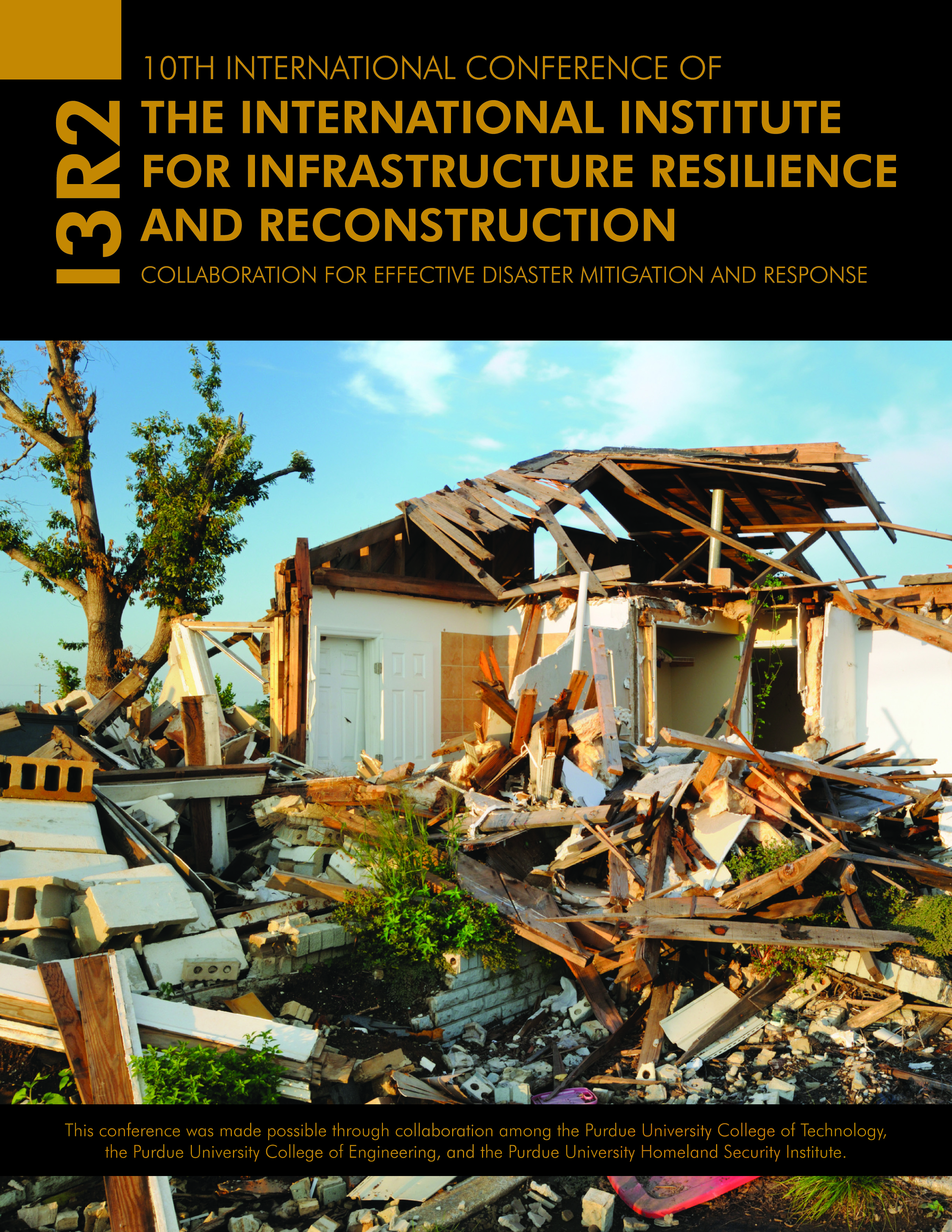Abstract
A glass exterior material is normally used in buildings, but it also comes with a disadvantage—it is easily damaged by fire. If the glass exterior material is damaged, a fire can rapidly propagate inside the building space, leading to a lot of damage from the flame transfer to the other space. In this study, the performance of a sprinkler for flame propagation prevention was evaluated during an experiment with an actual proof fire. The study found that where the sprinkler is installed with the glass exterior material, the temperature does not exceed 60°C until the end of the test due to the effect of the water curtain. In the glass exterior material where the sprinkler is not installed, the temperature rapidly increased just after starting the experiment, and caused damage 21 minutes and 30 seconds after starting the test.
Keywords
fire protection
DOI
10.5703/1288284315363
Recommended Citation
Chae, S., Kim, H., Kwon, U., & Cho, B. (2014). A Study on Performance Design Using a Sprinkler System for Fire-Spread Prevention of a Building Exterior. In Randy R. Rapp & William Harland (Eds.), The Proceedings of the 10th International Conference of the International Institute for Infrastructure Resilience and Reconstruction (I3R2) 20-22 May 2014. (94-97). West Lafayette, Indiana: Purdue University.
Included in
A Study on Performance Design Using a Sprinkler System for Fire-Spread Prevention of a Building Exterior
A glass exterior material is normally used in buildings, but it also comes with a disadvantage—it is easily damaged by fire. If the glass exterior material is damaged, a fire can rapidly propagate inside the building space, leading to a lot of damage from the flame transfer to the other space. In this study, the performance of a sprinkler for flame propagation prevention was evaluated during an experiment with an actual proof fire. The study found that where the sprinkler is installed with the glass exterior material, the temperature does not exceed 60°C until the end of the test due to the effect of the water curtain. In the glass exterior material where the sprinkler is not installed, the temperature rapidly increased just after starting the experiment, and caused damage 21 minutes and 30 seconds after starting the test.



